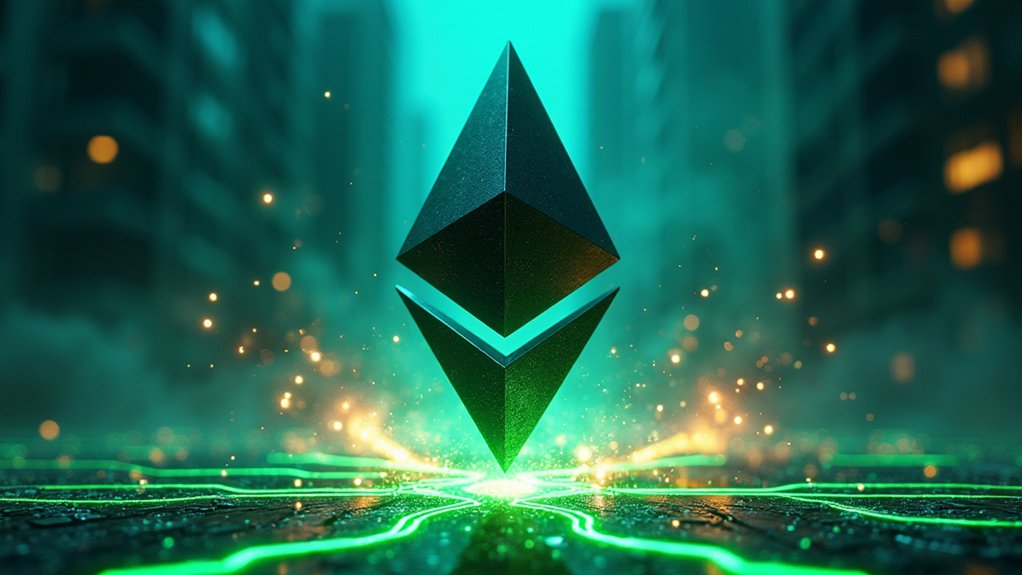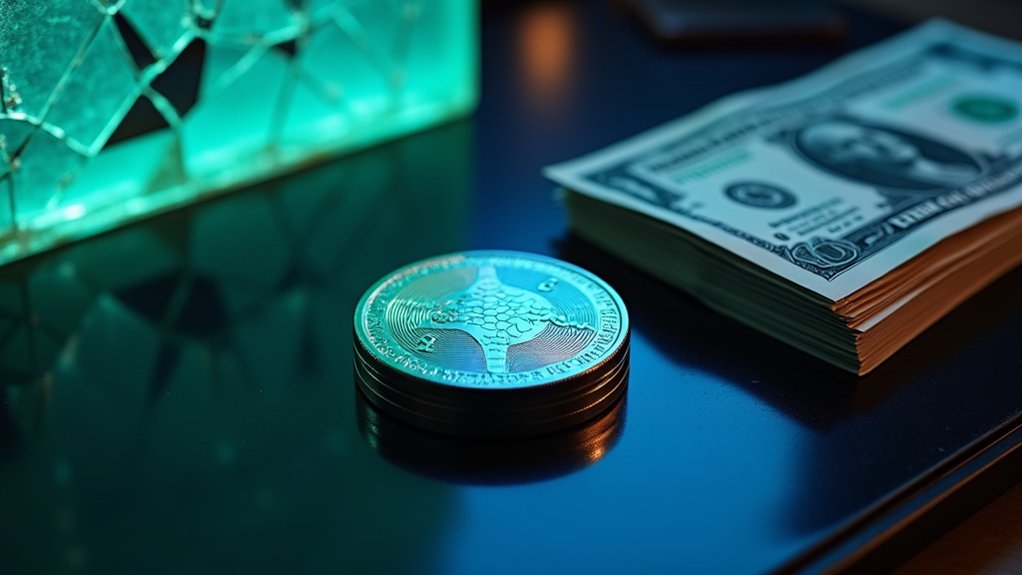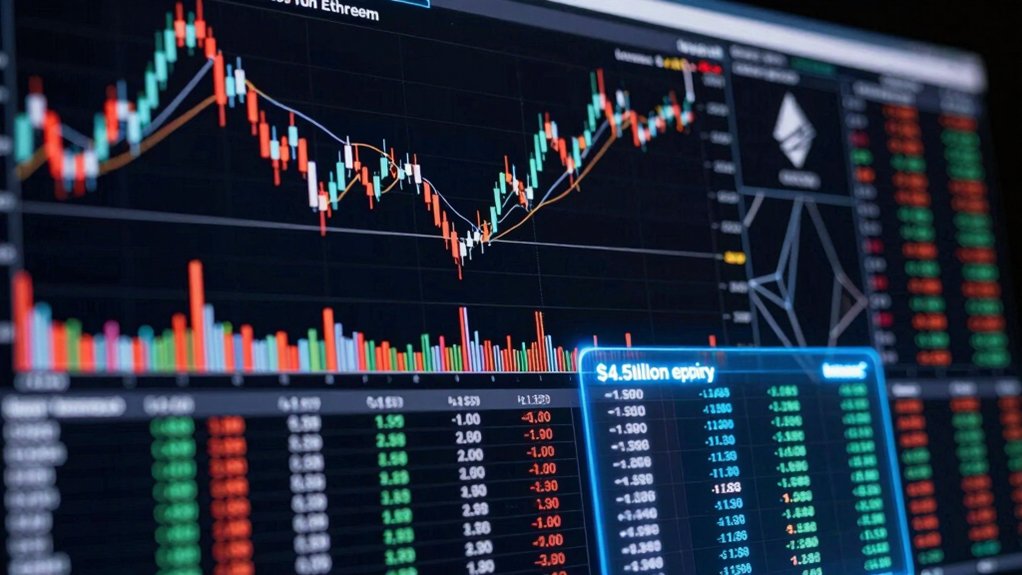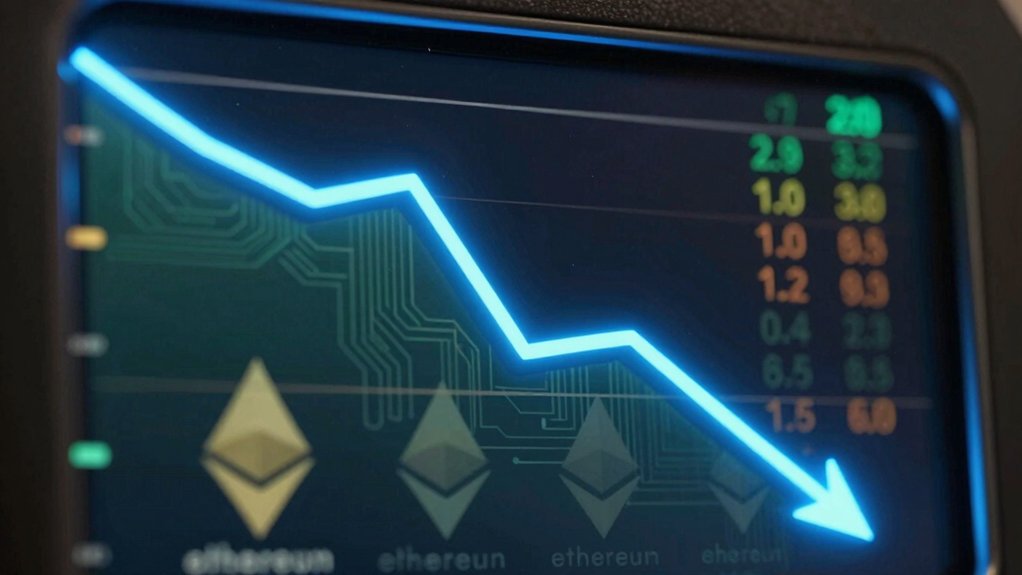The financial world is buzzing, and Mastercard is at the heart of a curious revolution with its bold plunge into stablecoins. Imagine swiping a card at a bustling café, the aroma of fresh coffee in the air, only to pay with digital currency as stable as old-school cash. Mastercard’s “360-degree” strategy aims to make this seamless, turning stablecoins from niche trading tools into everyday payment solutions. Is this the future, or a risky leap? One can’t help but wonder.
Mastercard’s daring dive into stablecoins could transform everyday payments, blending digital ease with cash-like stability. Is this the future, or a bold gamble?
Their plan spans everything from wallet enablement to merchant settlements, with a network of over 150 million locations ready to accept stablecoin-loaded Mastercard cards. Additionally, Mastercard’s Multi-Token Network connects with major banks like JP Morgan to facilitate real-time stablecoin transactions. Through collaborations with platforms like Crypto.com, users can now access their digital assets effortlessly for everyday purchases with global reach.
Picture a small business owner, used to clunky bank transfers, now settling in USDC via partnerships with Circle and Nuvei. It’s fast, almost like a digital handshake, yet the traditionalist in them might squirm at the thought of invisible money. These digital tokens maintain minimal price fluctuations of just 0.03% to 0.05% from their pegs.
Partnerships with crypto giants like MetaMask and Binance add flair, letting consumers earn rewards while spending at global markets. A sweet deal, if it holds.
Cross-border transactions get a glow-up too. With stablecoins, remittances feel less like mailing a check across oceans and more like a quick text. Mastercard Crypto Credential swaps complex addresses for simple usernames—neat, right?
Yet, the skeptic whispers about security. Their Multi-Token Network, built on a private blockchain, promises real-time payments with bank tie-ins like JPMorgan Chase. It’s a shiny bridge between dusty ledgers and digital dreams.
Will merchants and consumers embrace this? The jury’s out. For now, Mastercard’s gamble smells like innovation, with a whiff of uncertainty. As coffee machines hum and cards swipe, the world watches—half-excited, half-wary—if stablecoins will truly rewrite the rules of commerce. Time will tell.









